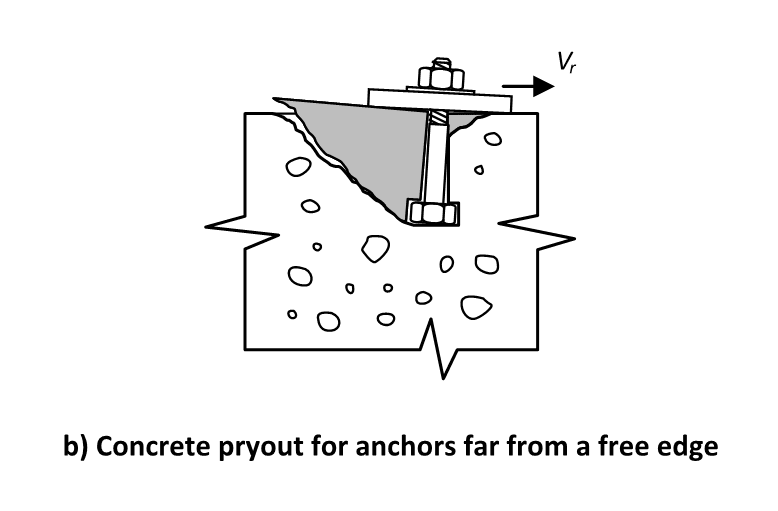Hi!
I have an embed plate with an infinite wall on all sides that is taking only shear. My shear force is pretty high (this is a girder framing into the end of a wall), and so I am thinking to design an embed plate with 20M rebar welded to lap with continuous 20M bars in the wall.
To check this embed, I used clause 11.5.2 d) of CSA A23.3 with the values of c and μ taken for concrete anchored to as-rolled structural steel by headed studs or reinforcing bars.
When I did this check and compared the shear capacity to the maximum shear capacity for the same condition in Hilti profis, using studs, I actually found that profis gave me a higher value. Is this shear friction check not required for embeds? It does not seem that this is being done in profis.
Any thoughts on this would be very helpful. Thanks so much!
I have an embed plate with an infinite wall on all sides that is taking only shear. My shear force is pretty high (this is a girder framing into the end of a wall), and so I am thinking to design an embed plate with 20M rebar welded to lap with continuous 20M bars in the wall.
To check this embed, I used clause 11.5.2 d) of CSA A23.3 with the values of c and μ taken for concrete anchored to as-rolled structural steel by headed studs or reinforcing bars.
When I did this check and compared the shear capacity to the maximum shear capacity for the same condition in Hilti profis, using studs, I actually found that profis gave me a higher value. Is this shear friction check not required for embeds? It does not seem that this is being done in profis.
Any thoughts on this would be very helpful. Thanks so much!

